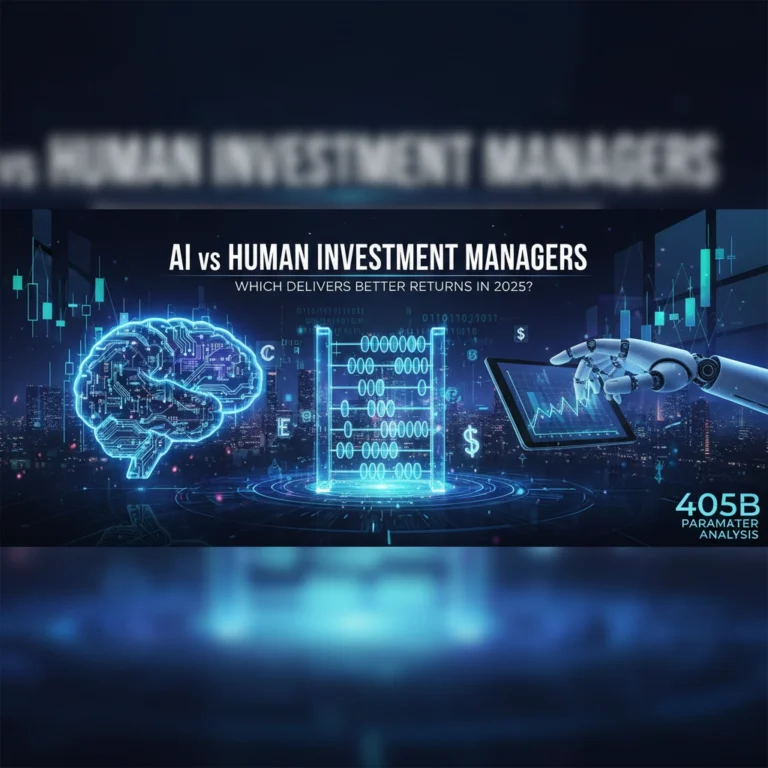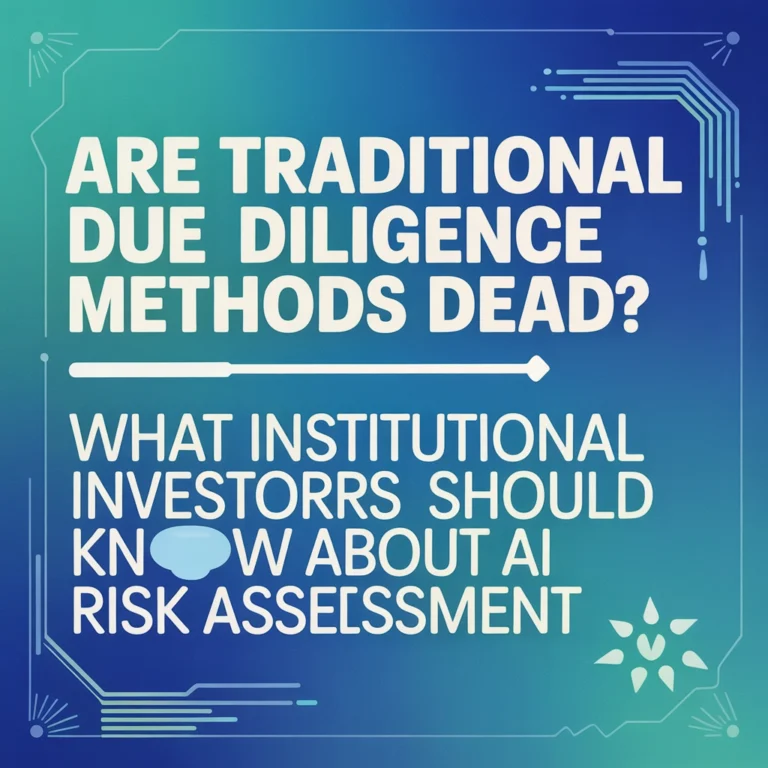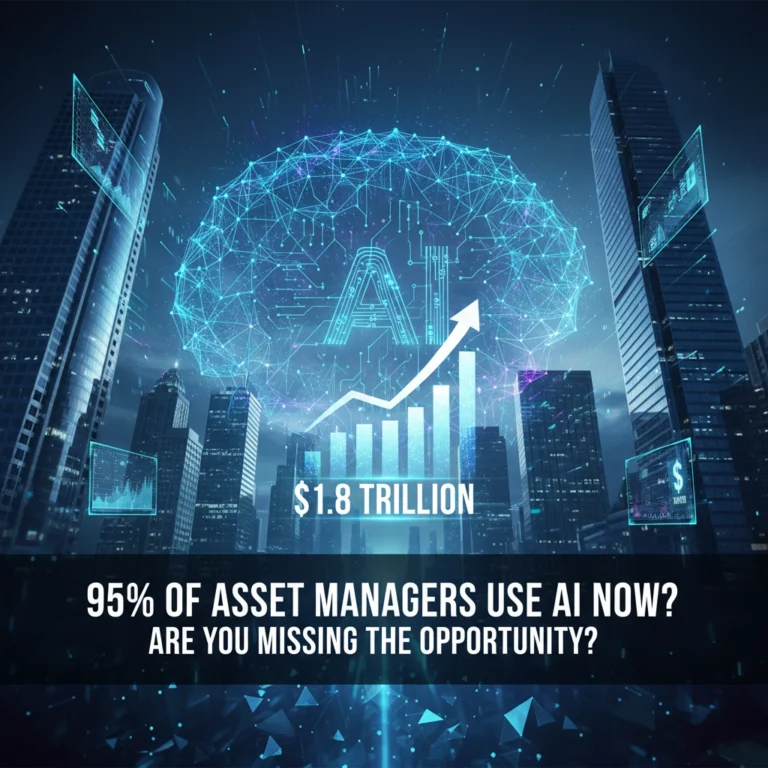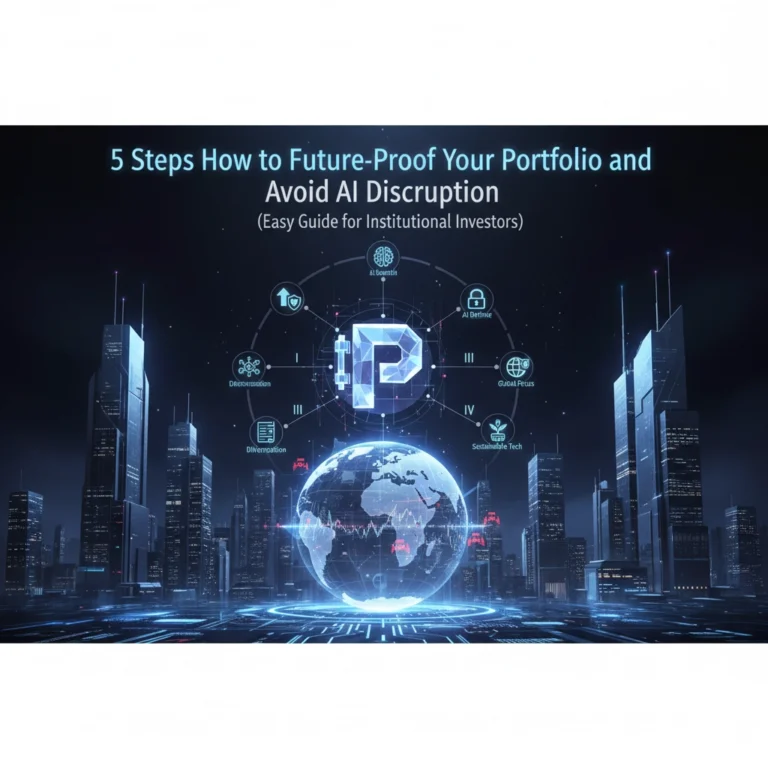AI vs Traditional Methods: Which Delivers Better Investment Returns in 2025?
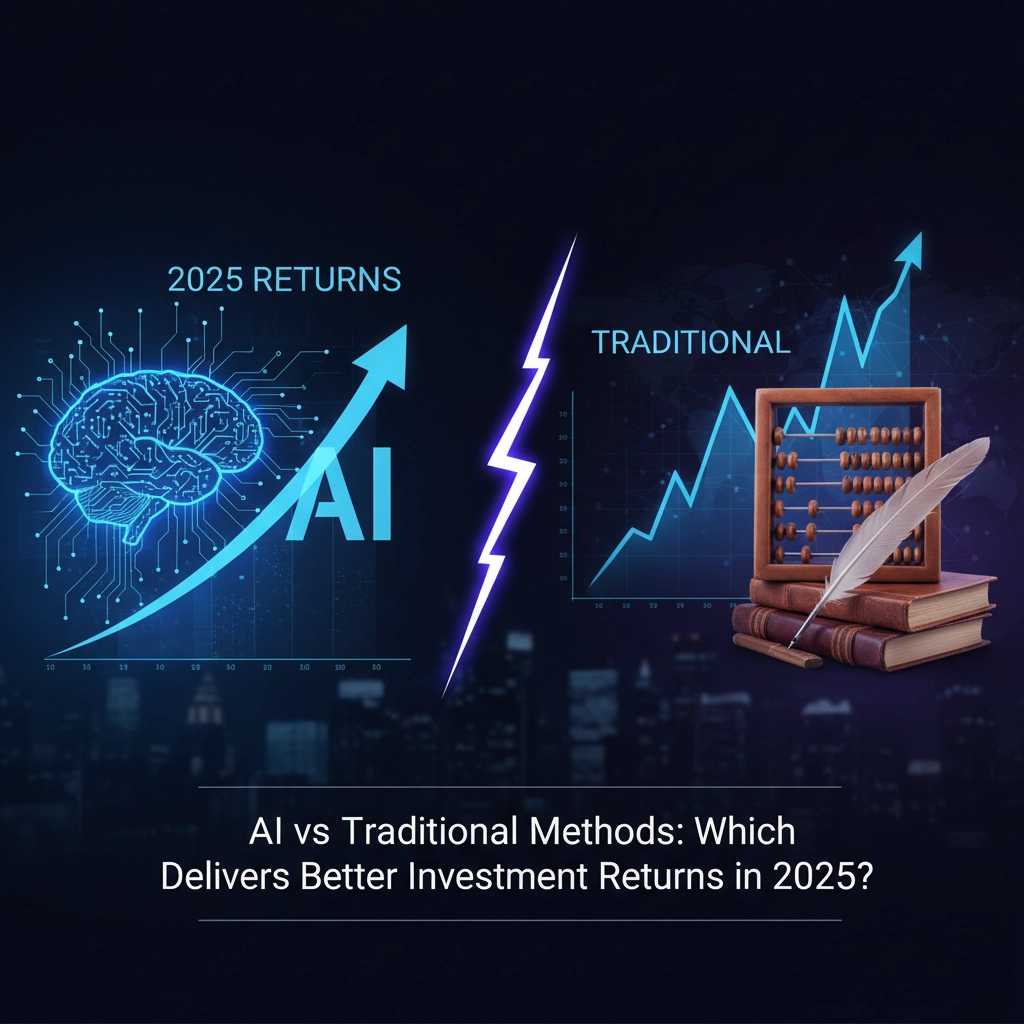
The investment landscape has reached a tipping point. As we move through 2025, artificial intelligence isn't just changing how we analyze markets: it's fundamentally reshaping what it means to generate alpha. The numbers don't lie: AI-powered investment strategies are consistently outperforming their traditional counterparts, and the gap is widening.
Morgan Stanley Research estimates that AI-driven productivity could add 30 basis points to S&P 500 net margins this year alone. Meanwhile, companies openly discussing AI adoption in their earnings calls have been systematically rewarded by markets. For investment professionals, the question isn't whether AI will dominate: it's how quickly you can adapt.
The AI Investment Revolution
Artificial intelligence has moved beyond buzzword status to become a legitimate competitive advantage in investment management. The technology's ability to process vast datasets in real-time, identify complex patterns, and execute trades with millisecond precision has created opportunities that simply didn't exist in traditional portfolio management.

What makes AI particularly powerful in 2025 is its evolution from simple rule-based algorithms to sophisticated machine learning systems that continuously adapt to market conditions. These systems can simultaneously analyze fundamental data, technical indicators, market sentiment, macroeconomic trends, and even alternative data sources like satellite imagery or social media sentiment: all while managing risk parameters that would overwhelm human analysts.
The real game-changer is AI's ability to remain emotionally neutral. While human investors often fall prey to fear, greed, or confirmation bias, AI systems make decisions based purely on data-driven probabilities. This emotional detachment has proven particularly valuable during volatile market periods where traditional investors might make costly panic decisions.
Traditional Methods: Still Relevant?
Despite AI's impressive capabilities, traditional investment approaches retain certain advantages that shouldn't be dismissed entirely. Human intuition, relationship-based insights, and qualitative analysis continue to play important roles, especially in unique market situations that fall outside historical patterns.
Traditional portfolio managers excel at understanding nuanced market dynamics that might not be captured in quantifiable data. They can leverage decades of experience to recognize when markets are behaving irrationally or when fundamental analysis might outweigh technical indicators. The human ability to build relationships with management teams, understand industry dynamics through conversations, and interpret qualitative factors remains valuable.

However, the limitations are becoming increasingly apparent. Traditional methods rely heavily on historical data and predetermined models that often fail to adapt quickly enough to changing market conditions. The processing constraints of human analysis mean opportunities are frequently missed, and the inherent biases in human decision-making can lead to suboptimal outcomes.
The Performance Gap Widens
The data from 2025 makes a compelling case for AI supremacy. Investment firms utilizing AI-powered strategies have consistently outperformed traditional benchmarks, with some reporting alpha generation of 200-400 basis points over their traditional counterparts.
The performance advantage stems from several key factors:
Speed and Execution: AI systems can identify and act on opportunities within milliseconds of their emergence. Traditional methods, requiring human analysis and approval processes, often miss time-sensitive opportunities entirely.
Risk Management: AI's continuous monitoring and dynamic risk adjustment capabilities have proven superior during market stress periods. While traditional risk models might update quarterly or monthly, AI systems recalibrate risk parameters constantly based on real-time market conditions.
Data Processing Power: The volume and complexity of available market data now exceed human processing capabilities. AI systems can simultaneously analyze thousands of variables across multiple markets, timeframes, and asset classes: something impossible for traditional analysts.

Market Evidence and Adoption Trends
The venture capital world has already voted with its dollars. AI-related investments accounted for 51% of VC deal value in the first half of 2025, compared to just 12% in 2017. This dramatic shift reflects not just hype, but measurable returns from AI implementation across financial services.
BlackRock's research indicates that today's AI-driven technology leaders are generating multiples of the cash flows seen by previous market leaders. Unlike traditional economic stimulus that often contributes to inflation, AI investment represents a unique force that can simultaneously boost GDP while reducing cost pressures: a particularly attractive proposition for portfolio construction.
The institutional adoption rate tells the story. Major pension funds, sovereign wealth funds, and endowments have allocated significant portions of their portfolios to AI-managed strategies. Even traditionally conservative institutions are recognizing that the risk of not adopting AI may outweigh the risks of implementation.
Practical Implementation Strategies
For investment professionals considering the transition, a hybrid approach often makes the most sense initially. This involves leveraging AI for data analysis, pattern recognition, and trade execution while maintaining human oversight for strategic allocation decisions and qualitative assessment.
For Smaller Investment Firms: Focus on AI-powered tools for research and analysis rather than attempting to build proprietary systems. Platforms offering AI-enhanced portfolio management can provide immediate benefits without massive capital investment.
For Larger Institutions: Consider developing proprietary AI systems tailored to specific investment strategies while maintaining traditional approaches for portions of the portfolio where human judgment adds clear value.
Risk Management Integration: Implement AI-driven risk monitoring regardless of primary investment strategy. The real-time risk assessment capabilities alone can prevent significant losses during market disruptions.

The Competitive Landscape Ahead
Looking beyond 2025, the competitive advantages of AI adoption will likely compound. As more market participants adopt AI systems, the opportunities for traditional methods to generate alpha will continue to diminish. The feedback loop is already evident: AI systems become more sophisticated as they process more data, creating increasingly wider performance gaps.
However, this doesn't mean complete automation is the answer. The most successful investment strategies in 2025 combine AI's analytical power with human strategic thinking. AI excels at pattern recognition and execution, while humans remain superior at understanding context, managing relationships, and making complex strategic decisions that require judgment beyond historical data patterns.
The regulatory environment is also evolving to accommodate AI-driven investment strategies. As oversight frameworks mature, the compliance advantages of AI systems: including complete audit trails and systematic decision-making processes: are becoming additional competitive advantages.
Making the Transition
For investment professionals still relying primarily on traditional methods, the transition to AI-enhanced strategies doesn't require abandoning proven approaches overnight. The most successful implementations typically involve gradual integration, starting with AI-powered research tools and portfolio optimization before moving to more sophisticated applications.
The key is recognizing that AI isn't replacing investment expertise: it's amplifying it. The most successful portfolio managers in 2025 are those who've learned to leverage AI as a powerful analytical engine while applying human judgment to strategic decisions that require contextual understanding and creative thinking.
As we progress through 2025, the evidence strongly favors AI-enhanced investment strategies for superior returns. The technology has matured beyond experimental status to become an essential competitive tool. While traditional methods retain certain advantages, particularly in qualitative analysis and relationship management, the performance gap continues to widen in favor of AI-powered approaches.
The investment management industry is experiencing its most significant transformation since the advent of electronic trading. Those who adapt quickly will capture the benefits of this technological revolution, while those who resist risk being left behind in an increasingly AI-driven marketplace.

